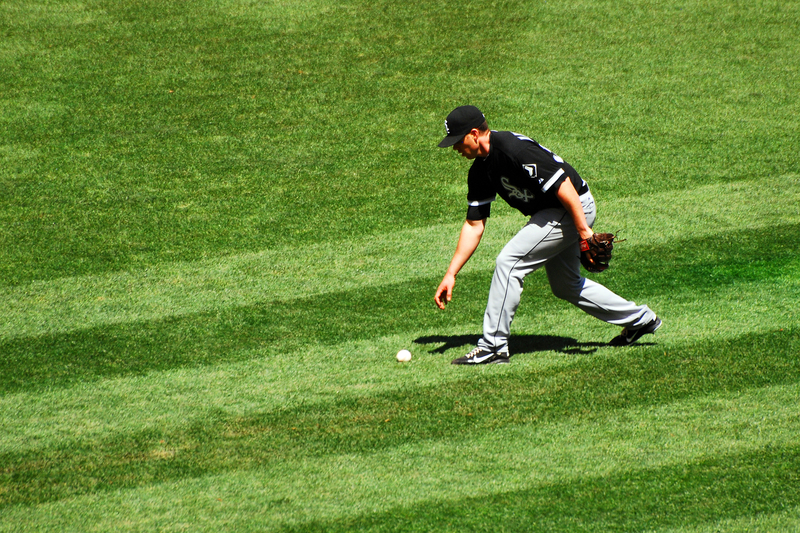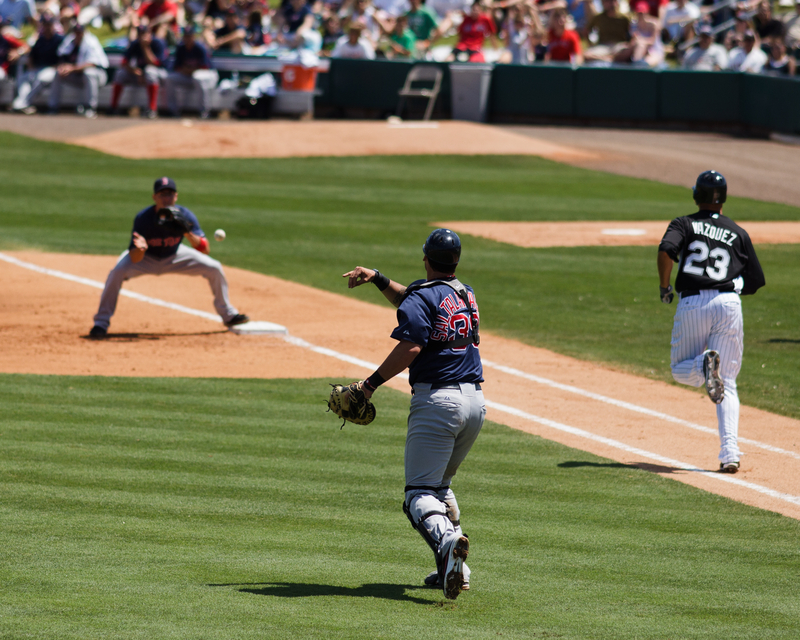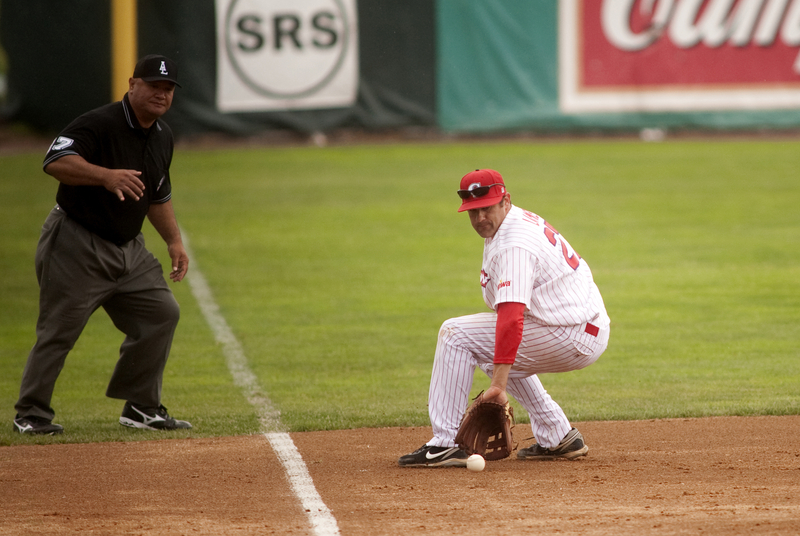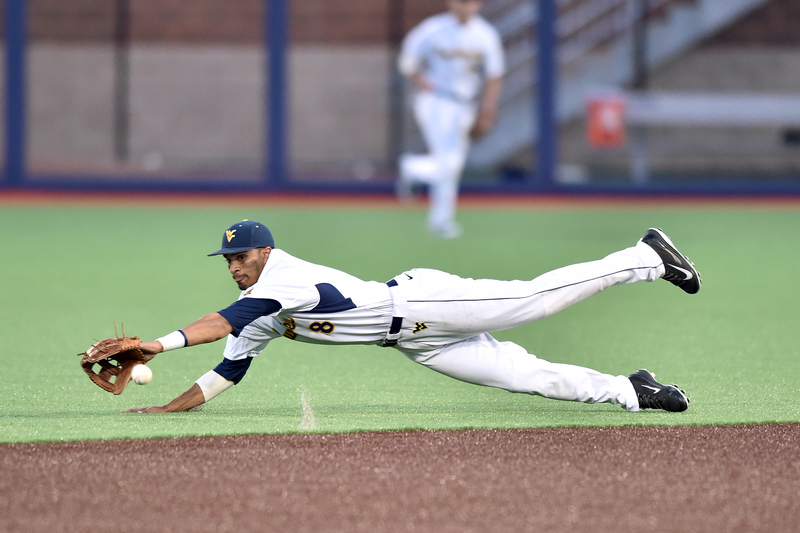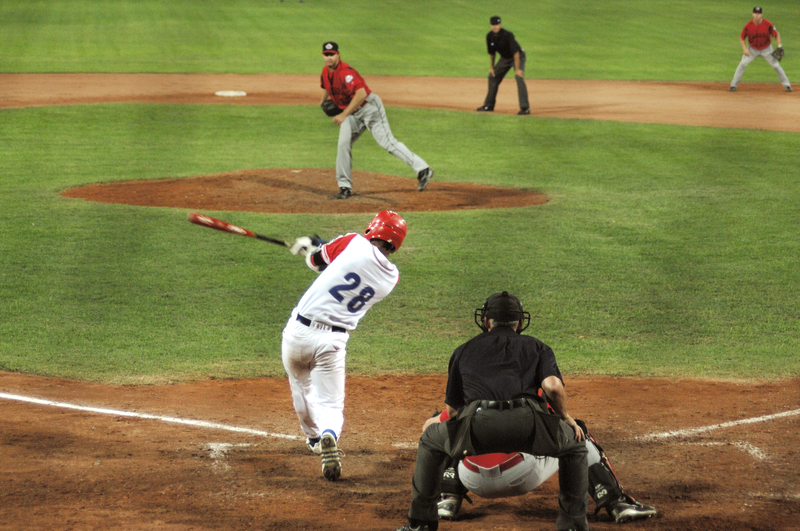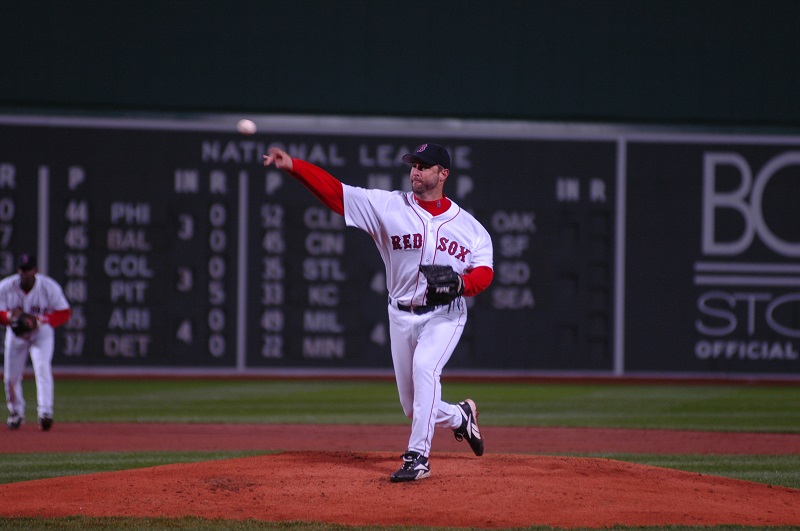Last updated on October 26th, 2023 at 07:24 am
Errors are part of the game of baseball. Errors occur when a fielder doesn’t make a play that the official scorer’s judgment deems as a playable opportunity via an ordinary effort. An error can cause problems for your team, including unearned runs, giving a runner an extra base on a wild throw, demoralizing the team mentally, and more.
So, what types of errors occur during a baseball game? What positions on the field tend to get the most errors during a season? What are examples of when an error call won’t occur even if there is a misplay by a fielder? Is there a stat that measures the effectiveness of a fielder making successful outs on balls hit to them?
Here is the complete guide about baseball errors and more.
What are Examples of Errors?
Errors occur in baseball games in numerous ways. Some include an outfielder dropping a fly ball hit to them, an infielder allowing a ground ball to go through their legs, or even a catcher not blocking a pitch and having it travel to the backstop. Here are examples of how errors can occur during a baseball game.
Throwing Error
A throwing error by a baseball player can occur in the infielder or the outfield. An infield throwing error usually occurs when the infielder is trying to rush a throw to a base to beat a runner. A throwing error can occur at any base, and it is usually from a fielder that doesn’t have a great arm and is rushing a throw to beat a runner going to that base.
An outfielder can also make a throwing error during a play. Sometimes an outfielder will try and throw the ball to home plate to make an out at that base, but they will throw it over the catcher. An error can occur when the baseball travels over the catcher and into the backstop if that allows baserunners to move up via the lousy throw.
Tagging Error
A tagging error usually occurs with the catcher at home plate and a runner trying to score on a play. One recent example of this mistake occurred on September 11th, 2021, when Gary Sanchez of the New York Yankees missed a tag on a runner who would be out at the home plate. That error led to a run for the New York Mets and had the Yankees come back to keep pitching since that should have been the third and final out.
Fielding Error
A fielding error tends to occur by an infielder who bobbles the ball on a play and can’t get the baserunner out. For example, let’s say that the second baseman has a hard hit ball to them with the runner running to first base. If the fielder bobbles the ball and can’t get the throw to first before the runner, they get charged a fielding error.
When is it Not a Baseball Error?
The official scorer’s judgment is the one who determines if a play is and is not an error. These scorers will consider elements like if the sun was in the eyes of a fielder or if the ball was hit too hard at a fielder, and they wouldn’t be able to react in time to make the play. While that may seem like an error, it is scored a hit for the hitter because it was out of the defender’s control.
Another example of a play not being an error is a passed ball or wild pitch. A passed ball or wild pitch only gets recorded as that stat line and is not an error on a play.
Another example of when there is no error is on a foul ball. There is no error if a fielder drops a pop-up in foul territory. Errors can only occur when the ball is in play and not a foul ball play opportunity.
What Happens if a Player Gets a Hit + Error on the Same Play?
If a player hits the ball safely into the outfield, that would be a single. If the outfielder allows the baseball to get by them for a bit, and the baserunner on first gets to second on that bobble, then the play goes in as a hit and error. Giving the batter a hit helps them raise their batting average because their hit got them safely to first base, and the error recognizes that they only got to second base via the error. The batter only got a single, not a double, in this scenario.
Do Runs Count Against the Pitcher After an Error?
If a fielder makes an error during an inning and that baserunner comes home to score, let’s say on a home run with the next batter up, that one run does not count against the pitcher. However, the batter who hits the home run will have their run count against the ERA (earn run average) against the pitcher since that run did not come from an error.
There is a column that says “R” and “ER” for the pitcher in the box score. R means runs, and ER stands for earned runs. The split between R and ER helps explain how many runs were earned and unearned. Understanding this split helps determine the ERA of a pitcher for that game and season.
Conclusion: What is an Error in Baseball?
In summary, baseball errors are part of the game. Even some of the best defenders make mistakes on throws, tags, or catches, making the game great. Even a routine grounder can result in an error, so nothing is a guarantee in the game.
When watching your next baseball game, look at the scoreboard and examine for the column that says E. Look at this column after a misplay takes place on the field to see what the official scorer gave it.
Similar Posts:
How Many Innings are in Baseball?
What Does WHIP Mean in Baseball?
What Does the K Mean in Baseball?
What is a Pinch Runner in Baseball and Softball?
What Does BB Mean in Baseball?
How Many Outs in an Inning in Baseball?
How Many Innings are in Softball?
Greg Kristan, owner of The Stadium Reviews, LLC and TM Blast, LLC, brings his extensive experience visiting over half of the MLB ballparks, along with numerous MLS, NHL, NBA, and NFL venues, to provide in-depth coverage on the bag policy, food options, and parking. He has also been interviewed about his experiences on several sports podcasts.

